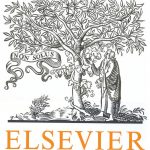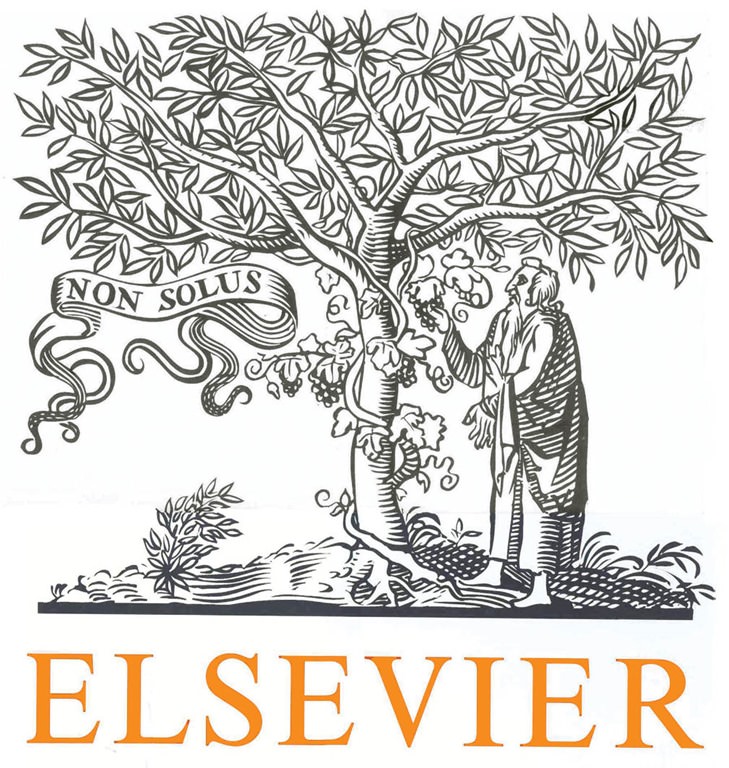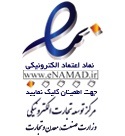5. Conclusion
This paper has proposed a new distortion resistant element formulation based on conventional polynominal test functions combined with novel local metric trial functions using a local convected coordinate system. The use of this local coordinate system has rendered the element rotationally invariant, overcoming one of the major inadequacies of the previous distortion immune formulations. The element was cast within a finite deformation framework. Its numerical performance has been demonstrated using a series of analyses, namely: (i) a linear elastic plane stress cantilever, (ii) a three-dimensional finite deformation patch test, (iii) a soft elastic cantilever beam, (iv) an eccentrically loaded column and (v) an elasto-plastic double-notched plate. The proposed element was shown to be rotationally invariant and have similar distortion resistance to existing unsymmetric formulations [12,14,16–18]. Although element formulations based on Airy stress functions [2,3] have been shown to have superior distortion resistance, they can only be applied to a limited class of problems (currently, linear isotropic elasticity). Previously, the unsymmetric nature of these distortion resistant elements has been criticised. However, setting the elements within a geometrically non-linear formulation removes this criticism due to the unsymmetric nature of the consistent material stiffness matrix. That is, even when the same test and trial functions are used the element stiffness matrix remains unsymmetric. These elements have the potential to perform well in simulating processes involving significant mesh distortion, helping delay the computationally expensive task of re-meshing. For any element to be used in general finite-element analysis, especially in the realm of finite deformation, it is essential that the formulation is invariant to the particular frame of reference. Therefore, the family of elements proposed in this paper provide an important step in overcoming the problem of mesh distortion sensitivity.








